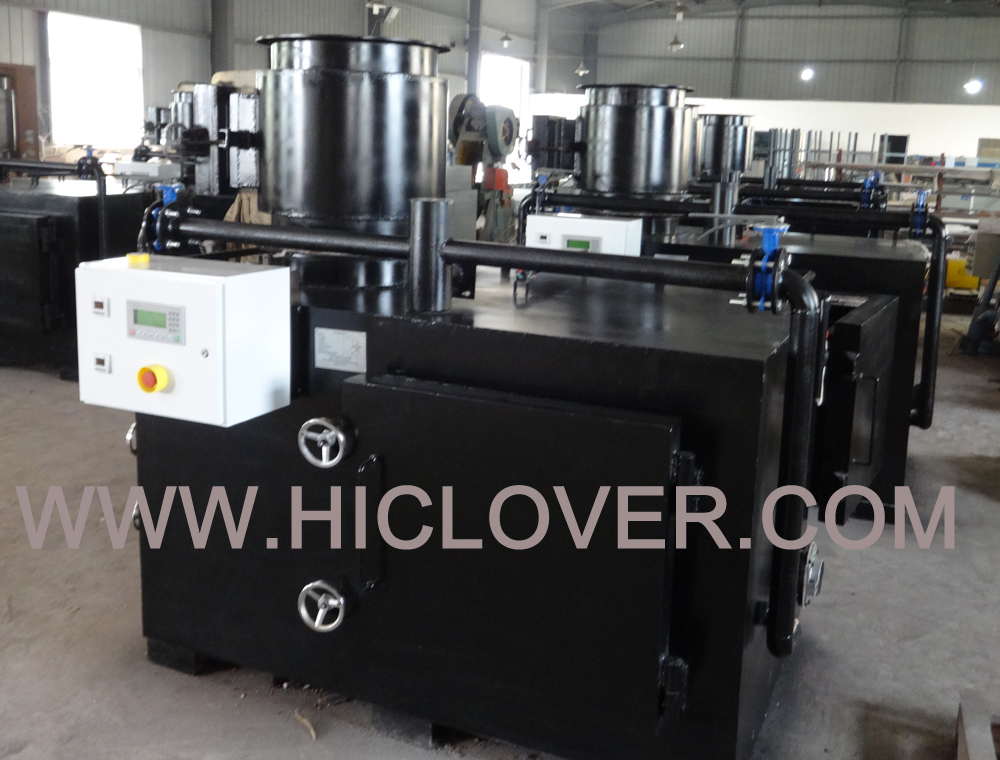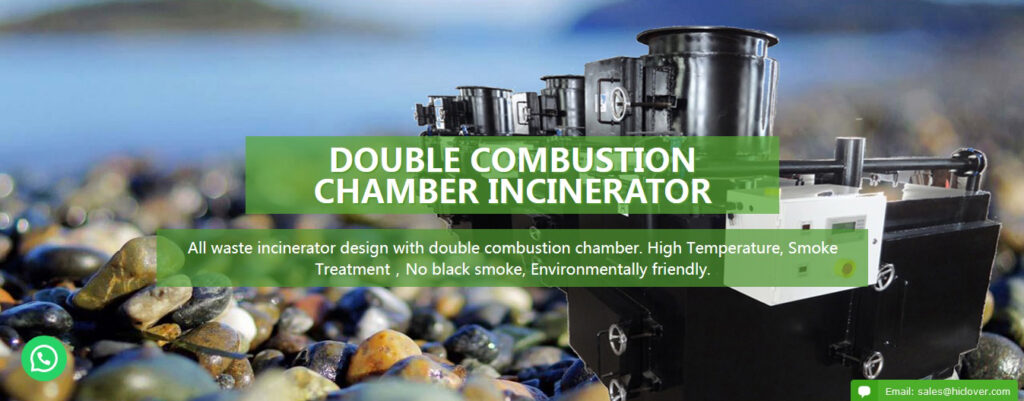Plastic incineration is a process used to eliminate plastic waste by burning it at high temperatures. This method is adopted by many countries as a means of reducing the volume of plastic waste that ends up in landfills and preventing the release of harmful chemicals from decomposing plastics. In this article, we will provide a step-by-step guide to how plastic incineration works.
Step 1: Waste Collection
The first step in the incineration process is the collection of plastic waste from various sources. This can include household plastic items, industrial plastic waste, and even medical waste. Once collected, the waste is transported to the incineration facility.
Step 2: Waste Sorting
Before the plastic waste is incinerated, it must be sorted to remove any non-combustible materials such as metals, glass, and other contaminants. This is usually done using mechanical and manual sorting methods to ensure that only suitable plastic waste is fed into the incinerator.
Step 3: Pre-Treatment
Once the plastic waste is sorted, it may undergo a pre-treatment process to further reduce its size and moisture content. The waste is shredded into smaller pieces and dried to improve its combustibility and efficiency in the incineration process.
Step 4: Incineration
The plastic waste is then fed into the incinerator, where it is burned at high temperatures of around 850-1000°C. The intense heat causes the plastic to break down into gases and solid residues. The gases are directed to a pollution control system to remove harmful pollutants, such as dioxins and furans, before being released into the atmosphere. The solid residues, known as ash, are collected for disposal.
Step 5: Energy Recovery
One of the advantages of plastic incineration is the generation of heat and electricity from the combustion process. The heat produced by burning the plastic waste can be used to generate steam, which in turn drives turbines to produce electricity. This can help offset the energy costs of operating the incineration facility and reduce the reliance on fossil fuels.
Step 6: Ash Disposal
After the incineration process, the remaining ash must be disposed of in a safe and compliant manner. Depending on the facility and local regulations, the ash may be treated and stored in special landfills designed to contain any residual pollutants. In some cases, the ash may also be used in construction materials or road surfacing.
Despite the benefits of plastic incineration, there are concerns about the potential release of harmful emissions and pollutants. Therefore, it is essential for incineration facilities to have robust pollution control systems in place to minimize environmental impact and protect public health.
In conclusion, plastic incineration is a critical process for reducing plastic waste and recovering energy from it. By following the steps outlined in this guide and adhering to strict environmental regulations, incineration facilities can effectively manage plastic waste and contribute to a more sustainable approach to waste management.



